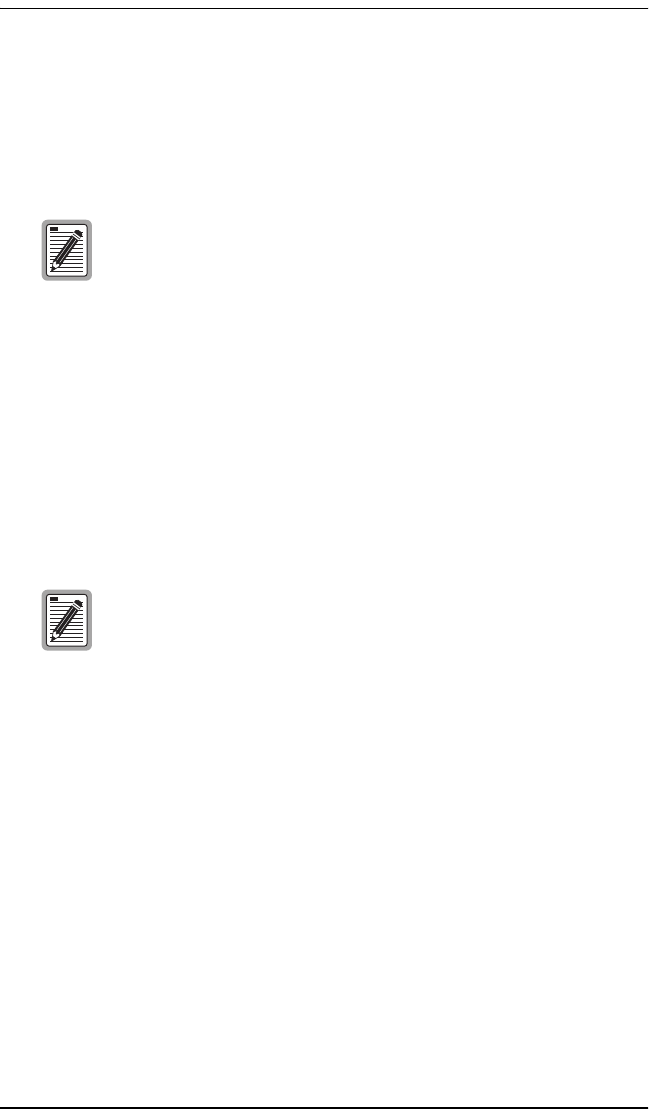
Generic Information LTPH-UM-1234-01
10 April 30, 2003 HDU-409 Lists 1, 2, and 3
3 This rule minimizes power consumption and dissipation from the HLU
providing doubler power. It requires the spans closer to the HLU to be as
short as possible and the spans farther from the HLU to be as long as
possible. This choice minimizes the I
2
R loss in the cable pairs and
reduces the thermal stress on the HLU.
The HDU-409 can be housed in a variety of outdoor enclosures manufactured
by ADC and a variety of other vendors. The number of doublers used in any
of the enclosures depends on the maximum outside ambient temperature. The
doubler capacities for several of these standard enclosures are listed in
Table 4, Table 5, and Table 6 starting on page 11. The capacities listed in
Table 5 and Table 6 are based on a maximum outside temperature of +115°F
(+46.1°C). Consult ADC for the latest deployment rules when using the
enclosures at ambient temperatures above 115 °F or when using enclosures
not listed.
The capacities listed for the indoor enclosures in Table 4 on page 11 assume
no solar load. The capacities listed for the outdoor enclosures in Table 5 and
Table 6 on page 15 assume a full solar load as described above. The
“Recommended Slot Assignment for Maximum Capacity” column assigns
slots according to the following thermal stress reduction rules:
Only those HRUs that have a local powering option can be
used in local HRU-powered applications.
These requirements comply with Bellcore standards, which
require HDSL equipment placed in outdoor cabinets to
operate in an outside ambient temperature of -40°F (-40°C)
with no solar load and +115°F (+46.1°C) with a maximum solar
load and maximum power dissipation.
Full solar load is equal to maximum sunlight exposure as
defined in Bellcore’s Technical Advisory TR-TSY-000057.


















